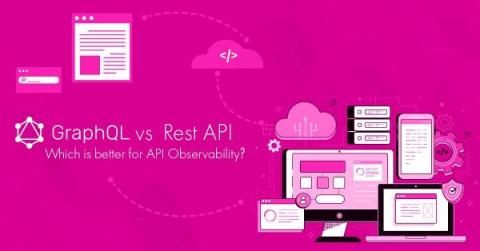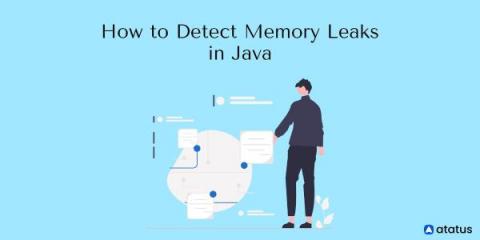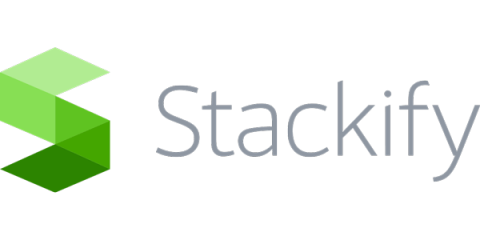GraphQL vs REST API: Which is better for API Observability?
API providers need to observe their APIs to get meaningful data about whether and how they are consumed in practice. API observability is a form of monitoring that passively logs API traffic to an observability service. Different from traditional API monitoring, with API observability you: Monitor interactions to improve developer experience Understand how customers use your API Troubleshoot your API Observing REST APIs is well understood and supported, but not every API is a REST API.











